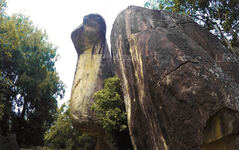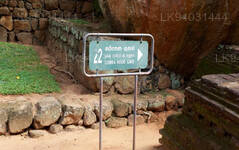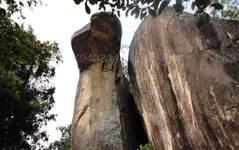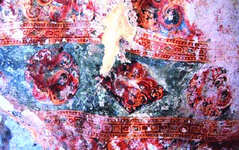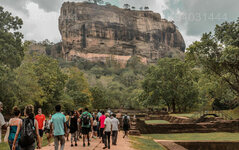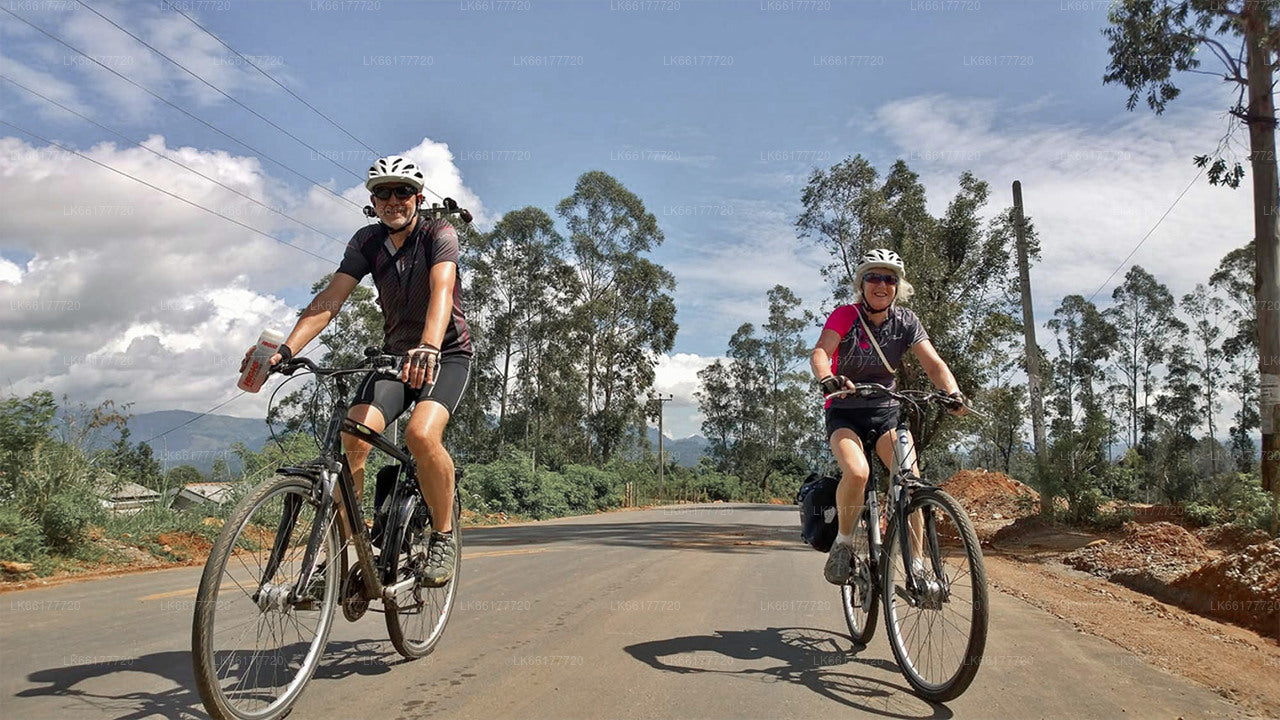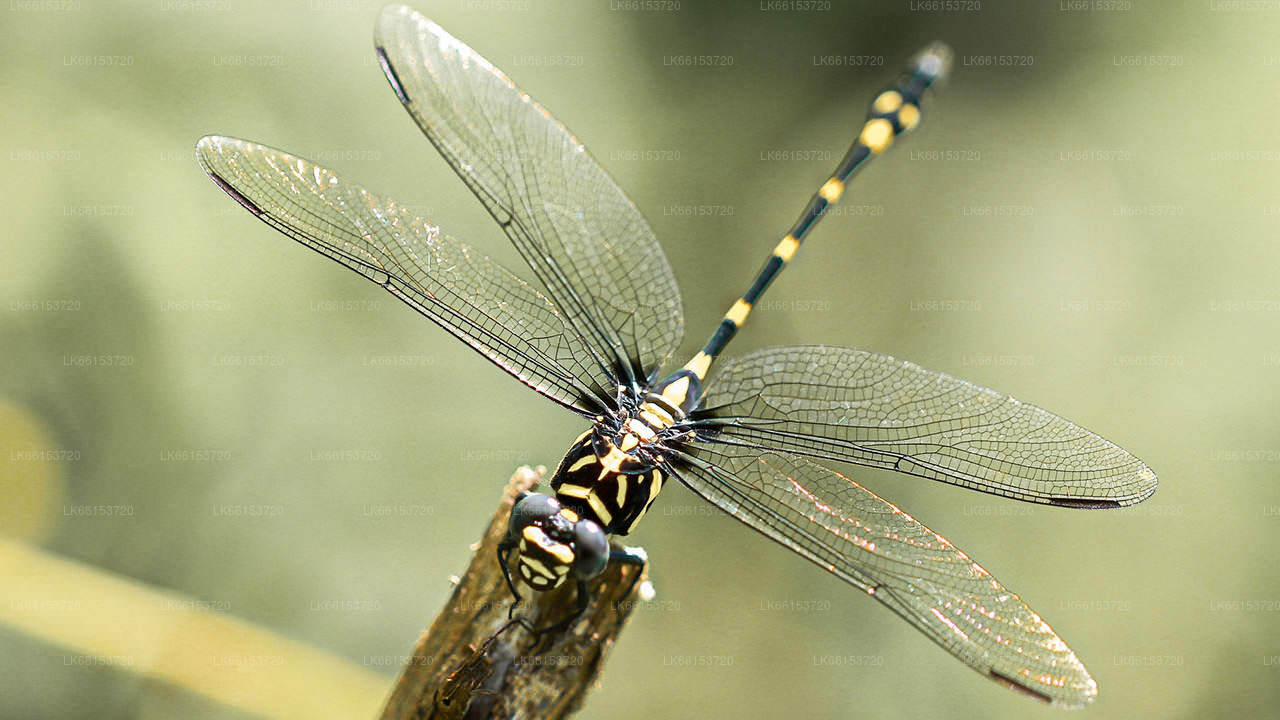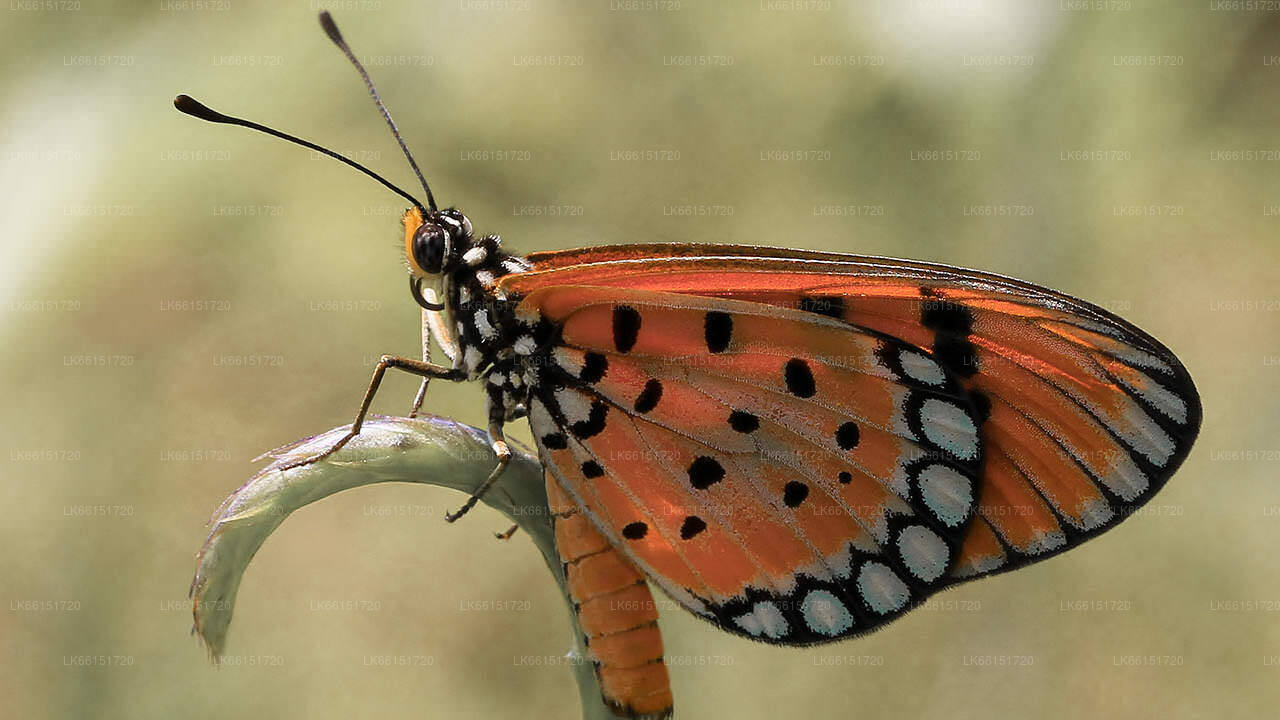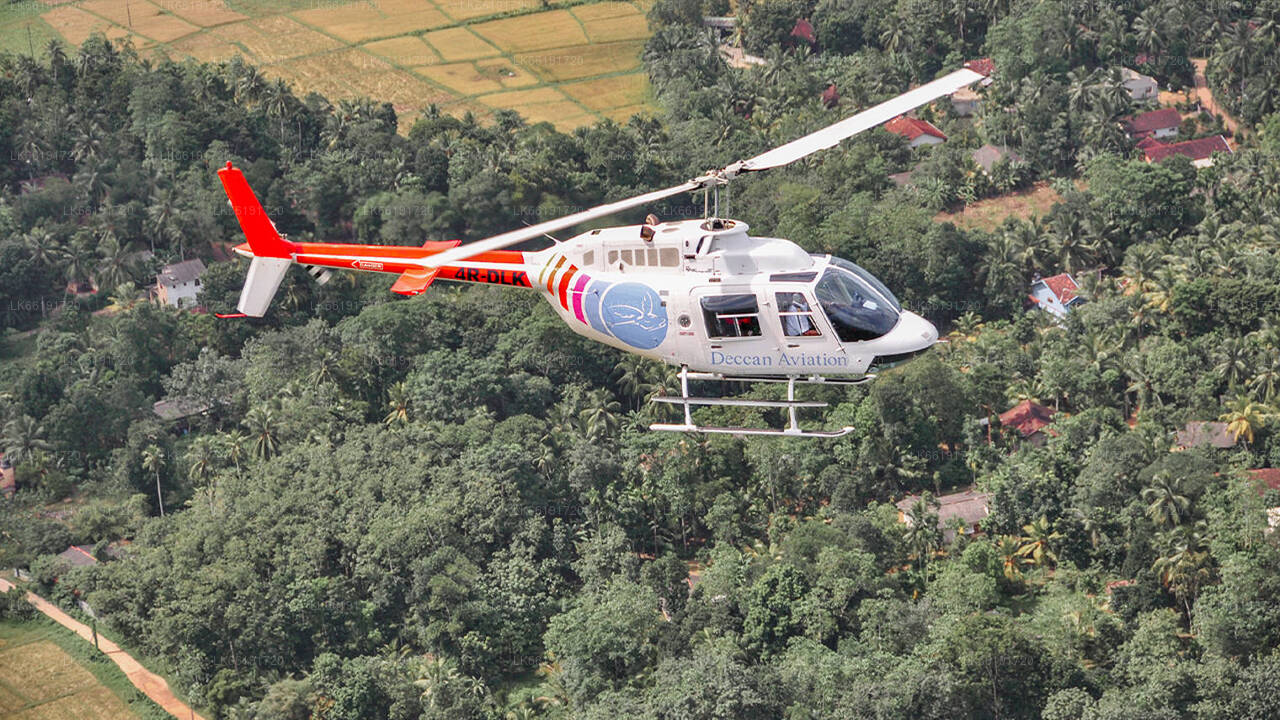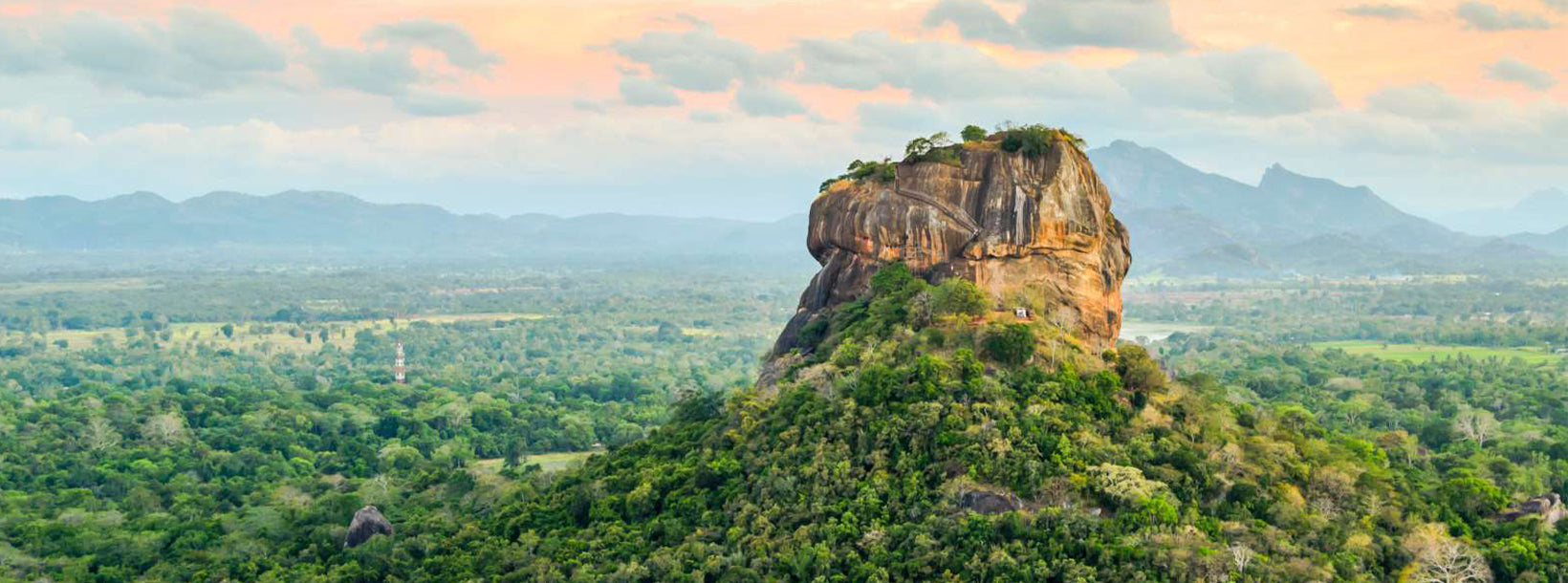
Ville de Sigiriya
Sigiriya, site classé au patrimoine mondial de l'UNESCO au Sri Lanka, est une ancienne forteresse rupestre et un palais doté de fresques époustouflantes et de vastes jardins. S'élevant de façon spectaculaire au-dessus des plaines, elle témoigne de la riche histoire et de l'ingéniosité architecturale de l'île. Explorez la beauté enchanteresse et l'importance culturelle de Sigiriya.
Cobra Hood Cave
Also known as the “Parumaka Naguliya Lena”, the Cobra Hood Cave is a natural geological formation, part of the famed Sigiriya rock. It is part of the ancient Ramayana tradition, but there is not much evidence to suggest that anything actually went on here. The only clue is the inscription itself that identifies the cave as the Naguliya cave. It is a clue to Sita herself. The infant Sita was said to have been found in a field by the King of the North Indian Vedic city-state of Mithila. She was named after the ploughshare that struck her, and the word “Naguli” is very similar to the local term for the ploughshare. Her maids in Sri Lanka might have called her Naguli, an equivalent of her actual name but a fitting one considering the details of her discovery.
The inscription itself was done here long after the Lankapura Kingdom had vanished, at the end of the Indian Vedic Era. However as part of the history of Sigiriya it is still a major work of art, with paintings on the hooded neck of the cobra it is supposed to resemble.
À propos de la province centrale
La province centrale du Sri Lanka est principalement constituée de montagnes. Elle s'étend sur 5 674 km² et compte 2 421 148 habitants. Parmi les principales villes figurent Kandy, Gampola (24 730 habitants), Nuwara Eliya et Bandarawela. La population est un mélange de Cinghalais, de Tamouls et de Maures. Kandy, capitale des collines, et Nuwara Eliya, ainsi que Sri Pada, se trouvent toutes deux dans la province centrale. La province produit une grande partie du célèbre thé de Ceylan, planté par les Britanniques dans les années 1860 après qu'une épidémie dévastatrice eut détruit toutes les plantations de café de la province. La province centrale attire de nombreux touristes, avec ses stations de montagne comme Kandy, Gampola, Hatton et Nuwara Eliya. La dent du Temple, ou Dalada Maligawa, est le principal lieu sacré de la province centrale. Le climat est frais et les nuits sont souvent fraîches dans de nombreuses régions situées à environ 1 500 mètres d'altitude. Les versants occidentaux sont très humides, avec près de 7 000 mm de précipitations par an à certains endroits. Les versants orientaux font partie de la zone semi-sèche, car ils ne reçoivent que les pluies de la mousson du nord-est. Les températures varient de 24 °C à Kandy à seulement 16 °C à Nuwara Eliya, située à 1 889 m d'altitude. Les plus hautes montagnes du Sri Lanka se trouvent dans la province centrale. Le relief est principalement montagneux, traversé de profondes vallées. Les deux principales régions montagneuses sont le massif central et la chaîne des Knuckles, à l'est de Kandy.

